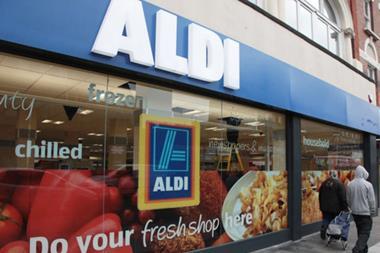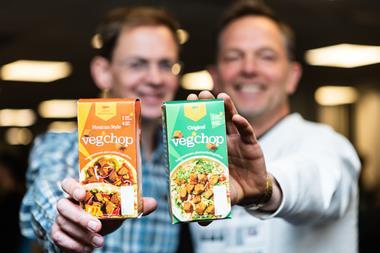The Grocer recently reported on a study by the European Commission that revealed the number of new innovations in the European food sector had fallen over the last decade – and that the innovations that had taken place were less groundbreaking than before.
The study was commissioned following complaints from suppliers that retailers’ expectations were stifling the market place – but what of the views and expectations of consumers?
The importance of innovation was confirmed in research commissioned by FleishmanHillard into 700 companies and brands in more than 50 categories in the UK, US, Canada, Germany, China and the Netherlands. The research, published earlier this year, evaluated nine ‘drivers of authenticity’ – the factors that shape consumer opinions of an organization, and their subsequent buying decisions.
For the packaged goods sector, expectations around innovation scored more highly than the other eight drivers – which included better value, care of the environment and customer care – in each of the six markets investigated.
But what kind of innovation? ‘The Authenticity Gap’ asked the expert consumers to rank seven aspects of innovation in the order they would most value in food and agribusiness. Again there was consensus in all six markets.
Across the globe, greater personalization of products and services is the innovation people would value most (27%) in the sector, followed by more transparency of production methods and sources (20%). Consumers would also like easier-to-use-products and services, and greater rewards for loyalty (both 14%), followed by state-of-the-art design and technology (11%) and finally on-demand availability and access, and simpler dealings with the company (8%).
A snapshot comparison between the different markets provides additional insights. US consumers had the highest expectations for personalization and state-of-the-art technology - but the lowest expectations for transparency. This rated the equal top priority for UK consumers, and second top in Germany, the Netherlands, China and Canada. Canada placed the highest emphasis on rewards for loyalty but gave the lowest rank to state-of-the-art technology.
Whether businesses are looking to export or not, the results give an interesting insight into the global consumer expectations around innovation. Whilst the Commission was right to identify new products and packaging as innovation categories, their focus was arguably too narrow.
The Authenticity Gap results demonstrate above all that technology is not a surrogate for innovation.
Instead, in the eyes of consumers, innovation is focused on new ways of doing things, fresh thinking, different ideas, responsiveness and adaptability. Many of these elements may be facilitated by technology, but should not be confused with it.
This is a guest post by Matthew Orman, associate director at FleishmanHillard.



















1 Readers' comment